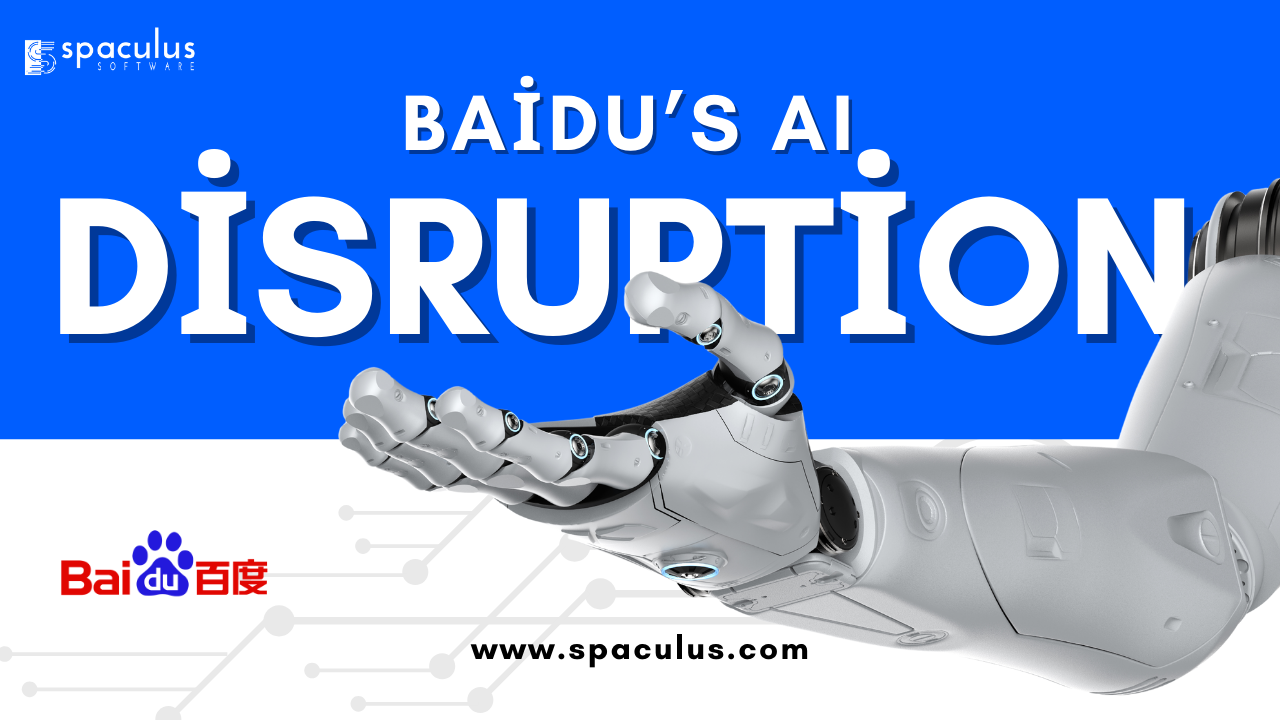
Artificial Intelligence is advancing at an incredible pace, and Baidu, one of China’s biggest tech companies, is leading the charge. On March 16, 2025, Baidu introduced two cutting-edge AI models: Ernie 4.5 and Ernie X1. These models are designed to handle multiple types of data (like text, images, and videos) and have advanced reasoning capabilities. The best part? They are free for individual users and cost significantly less than competitors like OpenAI’s GPT-4.5 and DeepSeek R1.
But what do these AI models actually do? How do they work in real-world scenarios? Let’s break it down in simple, practical terms.
Imagine you have a super-smart friend who can read, write, analyze images, answer questions, and even help with homework. That’s what Ernie 4.5 and Ernie X1 are capable of! However, each model has a different specialty.
| AI Model | What It Does | How It Helps You |
| Ernie 4.5 | AI ModelWhat It DoesHow It Helps YouErnie 4.5Ernie X1 | Helps with essays, coding, and even creating AI-generated art |
| Ernie X1 | Thinks deeply, solves problems, and uses external tools like a search engine | Acts as a research assistant, answering complex questions with verified data |
Both models are incredibly fast and accurate, meaning they can generate content, summarize information, and provide useful insights in seconds.
Baidu has integrated Ernie 4.5 into its search engine. Instead of just giving a list of links, the AI now provides direct, clear answers with summarized explanations.
Example: If you search for “Why does the sky turn red during sunset?”, Baidu’s AI will not only show website links but will also explain:
“During sunset, the sun’s light has to pass through more of the Earth’s atmosphere, which scatters the blue light and lets the red light dominate, creating a reddish sky.”
This means less time searching and more time learning!
Baidu’s autonomous driving division, Apollo, is using Ernie X1 to make robotaxis smarter. Instead of just following GPS routes, the AI can now analyze road conditions, recognize obstacles, and make better driving decisions.
Example: If an unexpected roadblock appears, Ernie X1 helps the car decide whether to reroute, wait, or find an alternative path, making self-driving cars safer and more reliable.
One of the biggest game-changers is Baidu’s pricing strategy. Compared to GPT-4.5 and DeepSeek R1, Baidu’s models are up to 99% cheaper, making AI tools more affordable for businesses.
| AI Model | Input Cost (per 1,000 tokens) | Output Cost (per 1,000 tokens) | Comparison |
| Ernie 4.5 | Ernie 4.5 RMB 0.004 | RMB 0.016 | 1% of GPT-4.5’s price |
| Ernie X1 | RMB 0.002 | RMB 0.008 | 50% cheaper than DeepSeek R1 |
This means that companies, schools, and developers can use high-quality AI tools without spending a fortune.
Baidu is not only making these AI models cheap but also open-source by June 30, 2025. This means developers around the world can use and improve these AI models for free.
More Innovation – AI researchers can build new apps and services using Baidu’s AI.
Faster AI Growth – Open-source projects help improve AI models quickly by letting the global tech community contribute.
Global Collaboration – Companies outside China can integrate Baidu’s AI into their own products.
Baidu has already hinted at its next major update: Ernie 5, expected in late 2025. This version is likely to bring even better understanding, faster processing, and improved AI-generated visuals. With continuous improvements and cost-effective AI solutions, Baidu is positioning itself as a strong competitor in the global AI race.
With Ernie 4.5 and X1, Baidu is making AI faster, cheaper, and more accessible to everyone—from students to businesses. If this trend continues, Baidu could become one of the biggest AI providers in the world, directly challenging OpenAI, Google, and Microsoft.